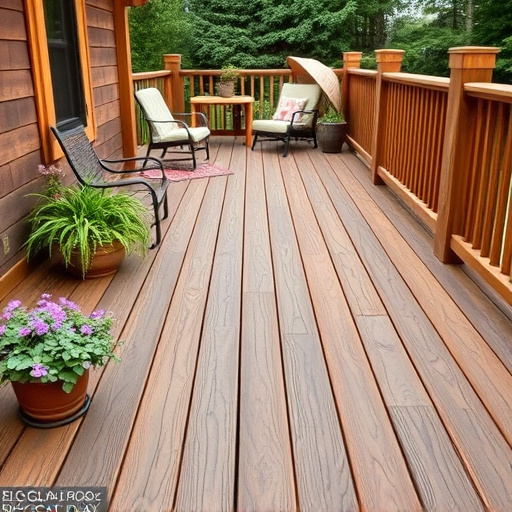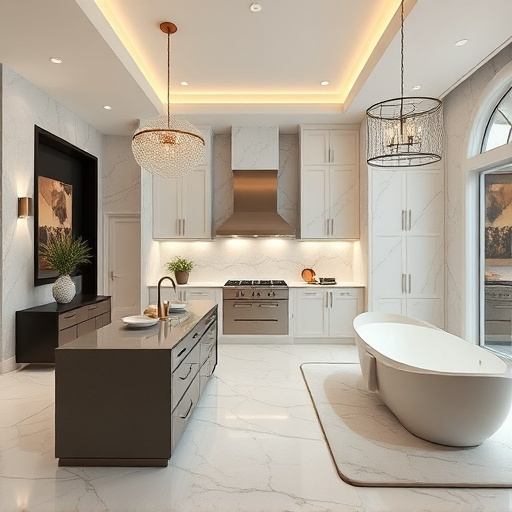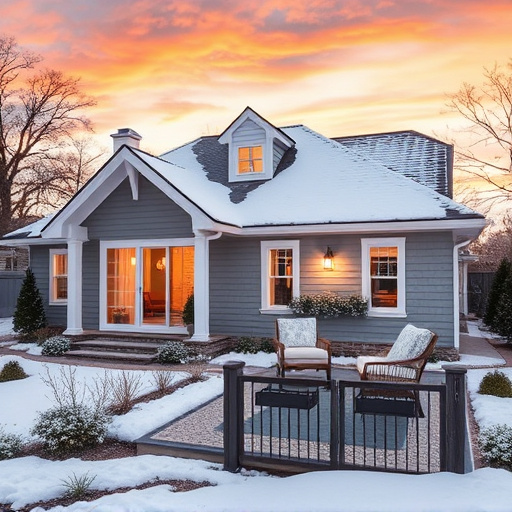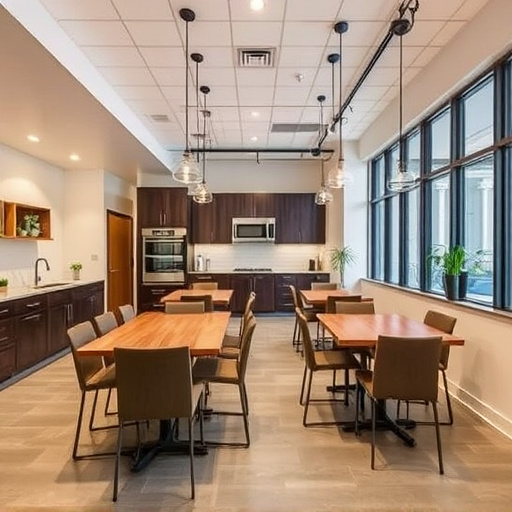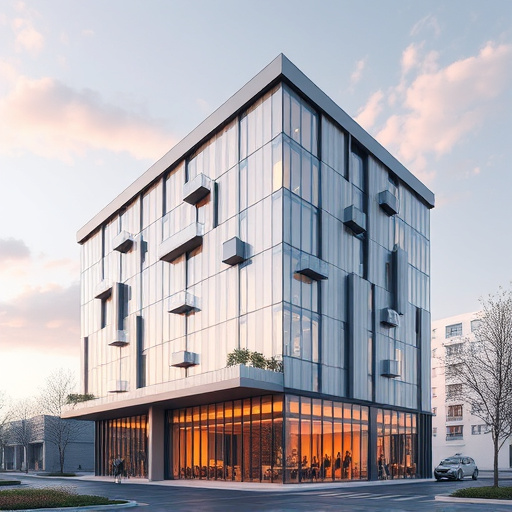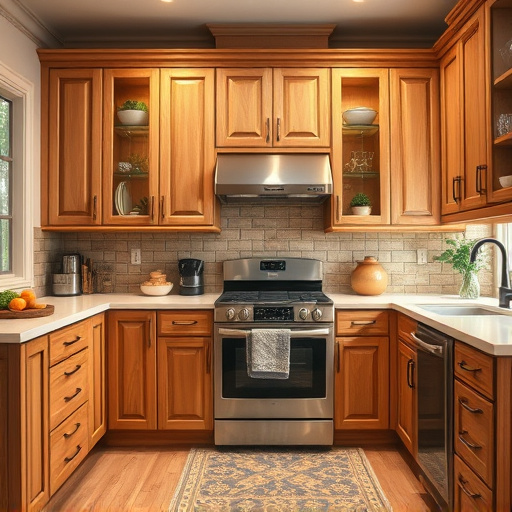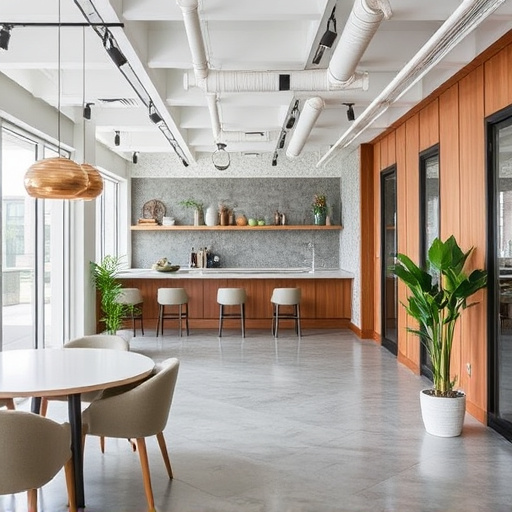Evaluating space layout and moisture levels is crucial for a successful flooring upgrade. Mix materials strategically—combining light wood with dark tile or textured floors with smoother finishes—for a cohesive aesthetic. Seemless integration achieved through expert guidance ensures enhanced functionality and style in kitchen and bath renovations.
Considering a flooring upgrade? Mixing flooring types can create unique, dynamic designs but requires careful planning. This guide navigates your journey, starting with evaluating your space’s potential and understanding flooring needs. We’ll delve into selecting complementary floor types that blend seamlessly, ensuring design integration. By following these steps, you’ll not only enhance aesthetics but also achieve a cohesive look that elevates your living spaces.
- Evaluating Your Space and Flooring Needs
- Selecting Complementary Floor Types
- Seamless Installation and Design Integration
Evaluating Your Space and Flooring Needs
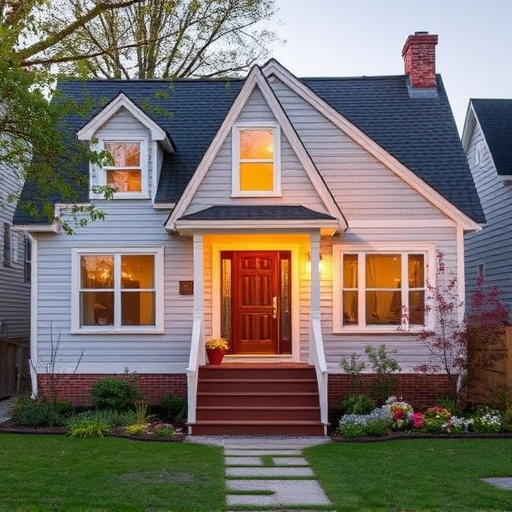
Before diving into mixing flooring types, it’s crucial to evaluate your space and specific flooring needs. Consider the layout and functionality of each room—for example, a high-traffic area like a living room might require durable materials that can withstand wear and tear, whereas a bedroom could accommodate a softer option. Think about moisture levels, too; bathrooms and kitchens often need water-resistant or waterproof flooring. Assessing these factors will help guide your decision on which flooring types to mix—and where—ensuring a harmonious and practical outcome for your home remodeling project.
Selecting Complementary Floor Types
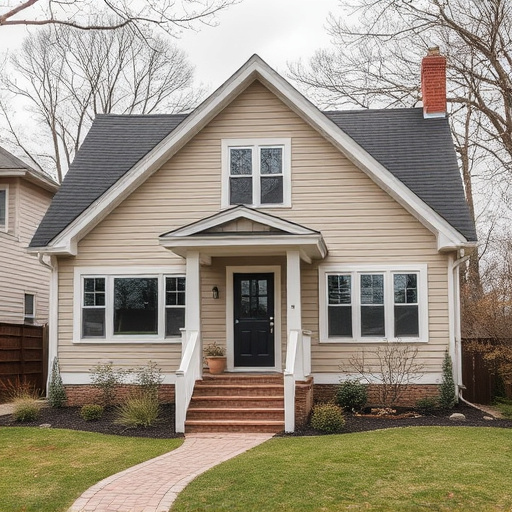
When mixing flooring types during a flooring upgrade, selecting complementary options is key. Consider the overall aesthetic you want to achieve and choose floorings that harmonize with each other. For instance, pairing a light-colored wooden floor with a dark tile or vice versa can create a striking contrast that adds depth to your space. Textured or patterned floors can also be mixed with smoother finishes for an interesting interplay of surfaces.
In planning your customized home renovations or home remodeling, think about the function and traffic flow of each room. Kitchens and high-traffic areas might benefit from more durable materials like tile or vinyl, while bedrooms or living rooms could accommodate softer options such as carpet or wood. This approach ensures that each space feels cohesive yet distinct, enhancing the overall appeal of your bathroom remodel or home upgrade.
Seamless Installation and Design Integration
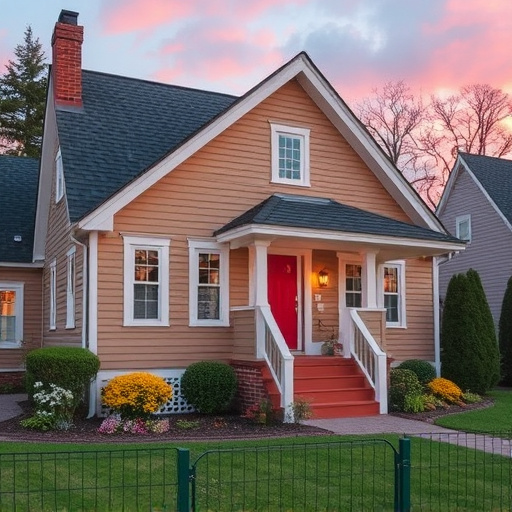
When mixing flooring types during a flooring upgrade, seamless installation and design integration are key. It’s about creating a cohesive look that flows naturally from one room to the next. This can be achieved by considering the overall aesthetic of your space and choosing complementary flooring materials. For instance, pairing hardwood floors with tile in adjacent areas creates contrast without clashing, adding depth and visual interest.
In kitchen and bath renovations, this approach is particularly effective. Mixed flooring can enhance the functionality and style of these spaces. For example, using durable vinyl in high-traffic areas and installing elegant wood or stone tile where you want to make a statement creates a practical yet beautiful floorplan. Renovation services that specialize in flooring can provide expert guidance on which materials blend best, ensuring your flooring upgrade is both visually appealing and long-lasting.
When mixing flooring types during a flooring upgrade, it’s key to consider both aesthetic harmony and practical functionality. By carefully evaluating your space and needs, selecting complementary floor types, and ensuring seamless installation, you can achieve a stunning, integrated design that enhances your living spaces. A successful mix allows for versatile style while maintaining ease of maintenance, making it a true game-changer for any flooring upgrade project.
